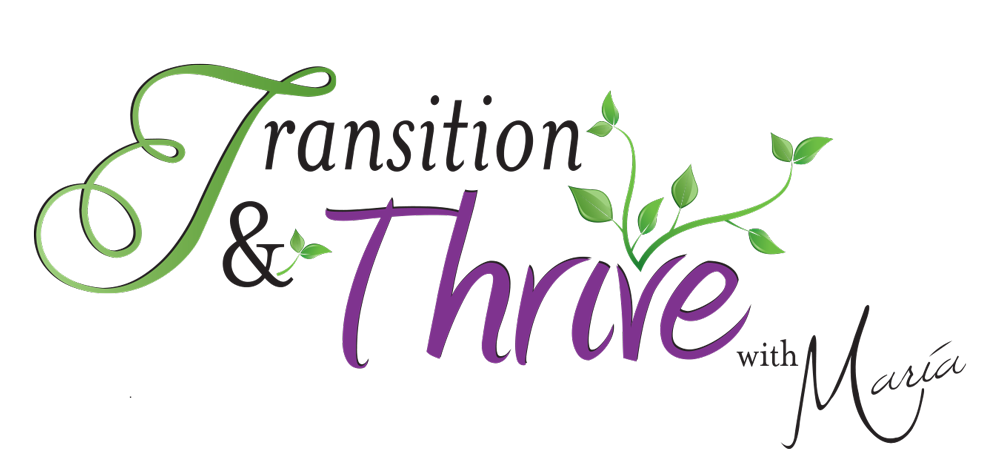How are you spending your time these days? Pandemics can change our behavior, that’s for sure. Have you noticed that you’re doing more of the things you’ve cautioned your kids about? You might be creating new habits that will be difficult to break. So, learning how to change bad habits before they change you might be valuable right about now.
Your life might look something like this: as you spend more time at home, you might be working remotely, looking for a new job, or sharing your home office or kitchen table with family. And sometimes, you need to take a break.
When you do, depending on what you do, new behaviors may be forming, and they may not be the healthiest. Emotions are running higher than usual, and you are self-soothing with food, adult beverages, online shopping, stalking the internet, or binge-watching TV. Do you recognize any patterns in your daily activities here?
On the other hand, you may be practicing what seem to be more harmless habits that could change the course of your life. Are you putting your goals on hold? Does your dream feel like it’s unattainable now that your life has changed? Is your day spent by just going through the motions?
Some people I know are trying to control everything around them, only to become mentally frustrated and emotionally spent. Others are worrying about everything and getting nowhere or complaining and feeling unheard.
As the world continues spinning, and the days turn into months, a new normal will emerge. Will the way you’ve chosen to spend your time over the first six months of this pandemic interfere with your life and career going forward?
What Causes You to Fall Back on Bad Habits?
The first culprit is boredom. When you can’t do what you used to do, you usually gravitate to something that will pass the time.
Next on the list of usual suspects is stress. There are a lot of things over which you can feel anxious, pressured, or hassled these days.
When boredom or stress sets in, finding ways to take yourself away from it all mindlessly is a go-to strategy for many of us. In this unconscious state, it’s easy to fall back into bad habits, and they can take hold without even realizing it.
Are you eating more chocolate, even though you’re not hungry? Is a trip to the back patio for another cigarette what satisfies you at the moment? Do you pour yourself that “five-o’clock-somewhere” cocktail a bit too often—or earlier than usual? Or, is your couch gaining a permanent impression of your butt?
Does the Bad Habit Address a Particular Need?
Bad habits are coping mechanisms. And our habits, both good and bad, shape who we are, what we believe, and how we behave. It turns out, there is a pattern of behavior for every habit in which we engage.
First, we get a cue. Then we get a craving. Next comes our response to that craving. And finally, we receive the reward.
James Clear, in his NYTimes Bestseller, Atomic Habits, explains it this way: “You do not crave smoking a cigarette, you crave the feeling of relief it provides. Similarly, you are not motivated by brushing your teeth but rather by the feeling of a clean mouth. You do not want to turn on the television; you want to be entertained. Every craving is linked to a desire to change your internal state.”
So, if you want to learn how to change bad habits, you will want to understand the need it fulfills.
What Will You Gain By Getting Rid of Them?
Once you get a handle on why you engage in the habit and assuming you want to change it, you might want to think about how you will benefit. When the reason for changing the bad habit is bigger and better than the reason for doing it, you’ll find the motivation to move in that direction.
I’ve had my share of bad habits over the years, some of which were extremely hard to break. One of my newest bad habits was snacking mindlessly on macadamia nuts. My reward was the pleasant crunch, the buttery flavor, and the salty aftertaste.
I read somewhere that they are healthy for me, too. However, I didn’t read the fine print on how calorie-dense those delicious little nuggets are. When I started to gain weight, I realized what the culprit was. So, I decided it was a bad habit I wanted to break.
Maintaining a healthy weight became the bigger, better reason for me to lose the nuts and make way for a replacement.
After doing a lot of reading, giving myself a lot of grace, and testing out a few approaches, several steps worked for me.
How to Change Bad Habits
- Become aware of the habits you want to change. Give yourself some time to reflect on why you do it, what is the reward you get, and what you’ll gain by giving it up. This process can take some time. You’ll be more successful when you are ready to make the change.
- Choose to do something about it. Make a decision and stick with it. Relapses happen, but you can always choose to get back on the bandwagon. It’s at this point, giving yourself grace and having patience will come in handy.
- Replace each lousy habit with one that serves you better. When you take candy from a baby, you’d better have something that tops that to give them instead. You are no different. For instance, I traded the salty, buttery macadamia nuts with sweet and crunchy green and red grapes.
- Avoid the triggers. First, you have to determine what sparks the habit; then, you get to avoid them. Is it a particular place, or time of day, or emotional state? Perhaps certain people or an event can initiate the craving. Take yourself out of those situations as much as you can to make it easier for yourself.
- Hang-out with people who live by good habits. This piece of advice is the one that helped me the most years ago when I decided to quit smoking. When I stopped being with smokers, I thought less about lighting-up. It was easier for me to make progress when I changed my environment.
- Find a habit-breaking-buddy. Whenever you’re trying to do something hard, it’s always easier when you have someone who cares to keep you on track. Let at least one person know what you’re working on so they can help you. It’s an excellent way to stay accountable to your goal of changing bad habits.
- Imagine that you have succeeded in breaking bad habits. Think about how you’ll feel when you can get into that outfit you haven’t been able to wear in a while. What will it feel like to take yourself out for a run or walk instead of watching TV? How proud will you be when you pay off the credit card balance because you stopped binge-shopping? Imagine the outcome of changing bad habits, and you’ll be motivated to stick with it.
- Above all, be patient with yourself. Change of any kind is a test of your desire, willpower, and resolve. Changing bad habits is no different.
When bad habits take hold, they can interfere with making the right decisions for your life and career. Think about the newest bad habits you might have acquired in the recent past. How many of them do you want to take into the future? Now could the time to start with the first step to take notice and choose what you want to do instead.
Take the First Step
If you are facing adversity and living with uncertainty about how to move beyond it, you may wonder if it’s even possible. Making choices that move you forward can be challenging, and getting some guidance may be just what you need. Start by exploring how change can impact you. And learn how to move through it with more dignity and grace by reading my free ebook, then let’s have a chat. Click here to take the first step: From Darkness to Light: Learning to Adapt to Change and Move Through Transition.

